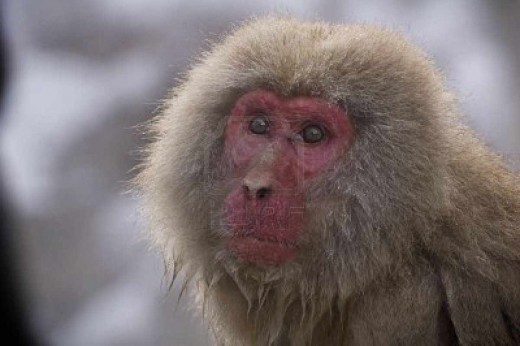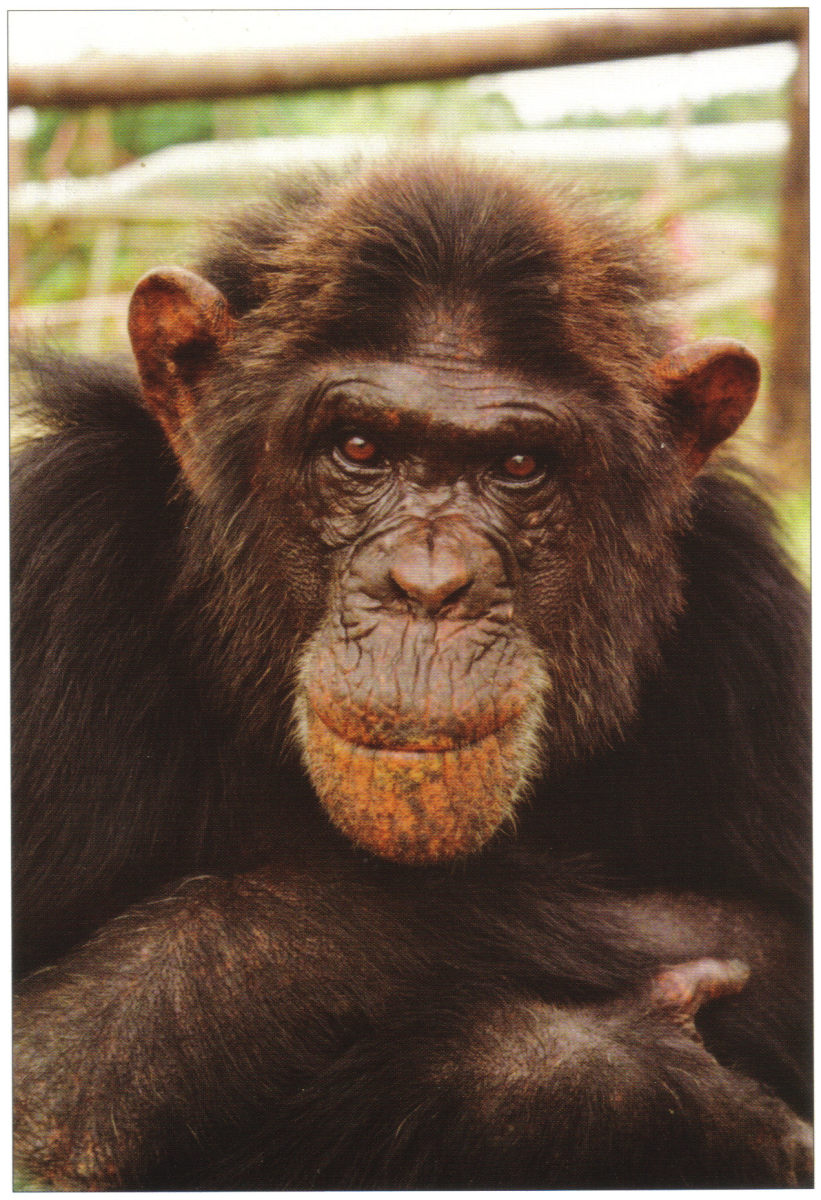Getting To Know The Japanese Monkey




Recently, I have seen an increase of young people wearing clothing that bears the character called the "sock monkey". I see some kids wearing hats, and shirts, and now Beanie Babies have their own " sock monkey". I think they are quite adorable. Then I found out that the sock monkey was modeled after the Japanese Snow Monkey, with its classification name, Mucaca Fuscata, or the Japanese Macaque.
I did my online research and found out that the Japanese Monkey is an endangered species that only live in certain regions of Japan. They are nocturnal, maternal, and they are vegetarian scavengers. According to research collected by BluePlanetBiomes.org , these creatures of habit commune closely together searching for the warmest springs in their habitat. They have been found in the northern regions of Japan, 42 to 31 degrees north of the equator, spanning from grassy highlands amongst deciduous trees to the coldest mountainous regions. Specifically, they are located anywhere in the northern limits of the Shimokita Peninsula in the Northwest Part of Honshu Island and in the Nagano Mountains near the hot springs of the Kogen Volcano. There are also Japanese monkeys at the seaside of the island of Oshima.
The Japanese decided to help the monkeys by building them their own hot springs so that the monkeys would stop raiding the natural hot springs in which humans go and to keep them from terrorizing the people by chasing them and even stealing their food. The location of these monkeys go from the lowlands which are at the temperature of 74 degrees Farenheit to the coldest mountainous regions that go down to the temperature of 5 degrees Farenheit. That means that they are capable to adapting to different climates.
The typical tribe of the Macaque consists of at least twenty to thirty males and females. The mature male macaque will become the hunter and leave to go to other tribes to hunt for food and to fight off possible intruders. The male can weigh 25 pounds and stands at 22.44 inches tall. The Japanese monkey is vegetarian. They will eat soybeans, potatoes, and the leaves of deciduous trees. The females are the family producers. The female macaque is 20.58 inches tall and weighs 22 pounds. The female macaque has been observed to pick out their own mate and when they have children they are very close to their babies. Young macaque children have been observed even playing in the snow making snowballs (like humans) and the mothers are excellent in teaching them how to survive in the extremes of the environment and how to obtain and prepare and eat their food.
If one desires to tour the regions of the Japanese monkey, it is best to go through the travel agency which will prepare how to watch the monkeys. Thanks to the instructions given through the website, www.yamasa.org/japan/english/destinations/nagano/jigukudani.html, we can learn ahead of time how to behave while observing them.
- Do not touch, and do not move to closely or quickly. They can scratch.
- Do not feed the monkeys, eat in front of the monkeys, or pretend that you are eating in front of the monkeys.
- Do not stare or make more than momentary eye contact. They will act aggressively.
- Do not bring any pets, such as dogs or cats with you. They are only adjusted to human species touring their home.
5. You may take pictures, they are not bothered by flash of the cameras. They are quite social on camera. Perhaps this due to its frequent visitors, or because it eliminates their boredom.
Now it is good to be more familiar to the real "sock monkey". I am grateful for these beautiful creatures. As unique as they are, out of all the monkeys in the world, they are the most fascinating.








